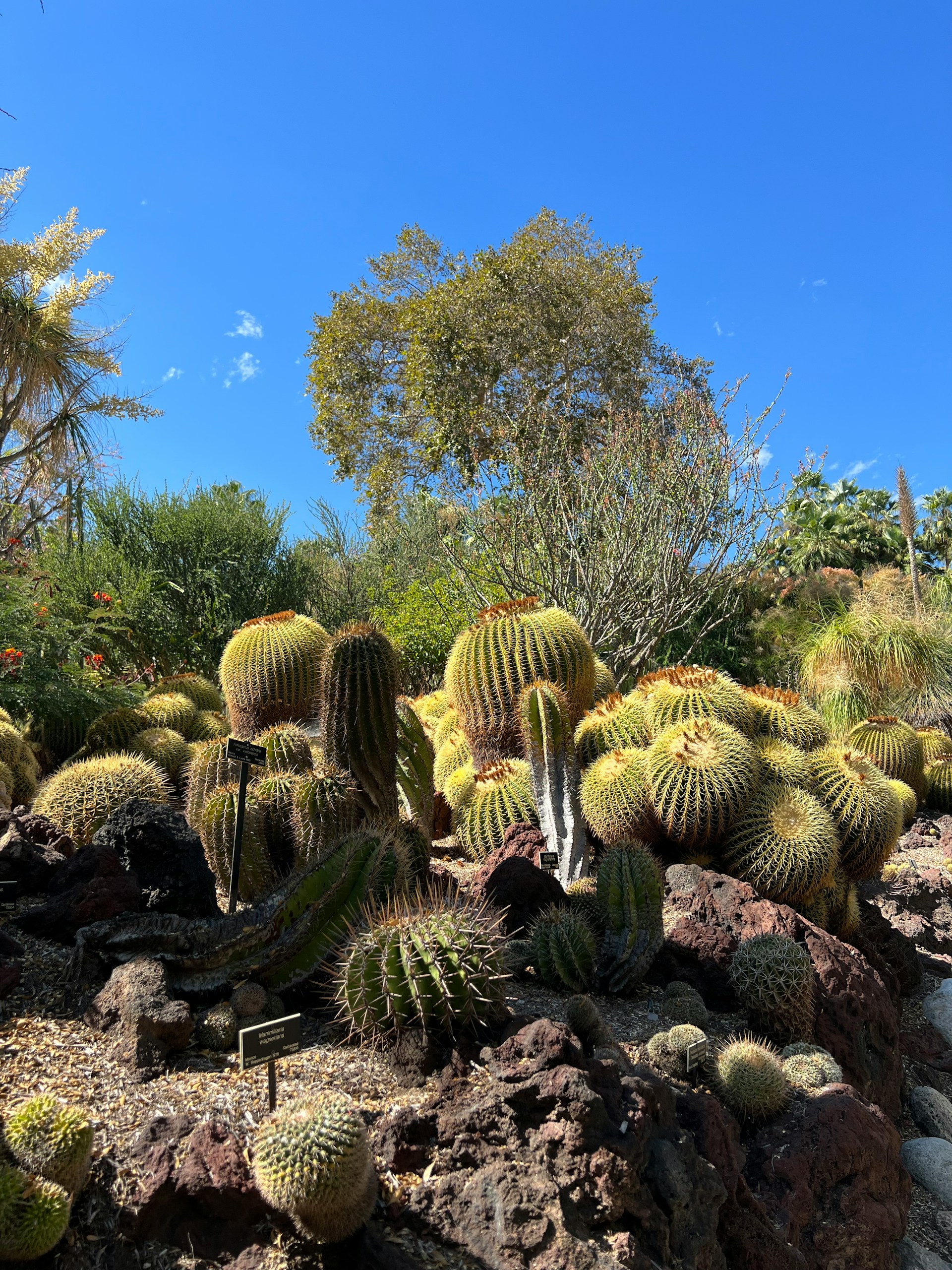Introduction
With their vibrant colors and speed, hummingbirds are undoubtedly one of the most fascinating and attractive bird species, especially in California. Due to the unique Mediterranean climate conditions which oscillate from mild, wet winters to hot, dry summers, California offers an exceptional environment for these birds and several fast-growing flowers that attract them. This research paper explores the best flowers for attracting hummingbirds within the beautiful state of California, with a focus on fast-growing species, native California plants hummingbirds prefer, special flower traits that attract hummingbirds, flower recommendations for Northern vs Southern California and the effects of climate on hummingbird-attracting plants.
Fast-Growing Flowers that Attract Hummingbirds
Hummingbirds are innately attracted to brightly colored, nectar-rich flowers, often favoring shades of red and orange. When interspersed smartly within your garden, these fast-growing flowers can attract a multitude of these magnificent birds. So, which are the top fast-growing flowers in California that attract hummingbirds?
- Grevilleas: Native to Australia, this hardy flower is perfect for California’s climate. Resilient to high temperatures, these flowers bloom throughout the year, attracting not just hummingbirds, but other pollinators too. Notably, the ‘Superb’ and ‘Peaches & Cream’ varieties are the most preferred due to their vibrant and large flowers.
- Heuchera and Golden Currant: Both these native California shade plants are ideal for attracting hummingbirds. The Golden currant offers an added benefit of edible berries for wildlife.
- Currants (Ribes speciosum): These flowering shrubs add height and visual appeal to any garden in addition to attracting hummingbirds with their down-turned trumpet flowers.
- Pacific Coast Iris: This evergreen plant adds colors and beauty to your garden, attracting a multitude of hummingbirds.
- Hummingbird Sage (Salvia spathacea): This flower’s beautiful aroma and hummingbird allure make it a must-have for any garden.
- California Fescue: A good choice for a garden texture addition with substantial appeal to hummingbirds.
- Yarrow (Achillea millefolium): While supporting a wide variety of pollinators, this flower is especially beloved by hummingbirds.
California is also blessed with numerous native plants that attract hummingbirds. These include manzanitas, chaparral currant, fuchsia-flowered gooseberry, and black sage, among others. These plants not only add to the local biodiversity but are also well-suited to the state’s environmental conditions.
Maintenance and Care for a Hummingbird-Friendly Garden
Creating a hummingbird-friendly garden is not just about planting the right flowers. It also involves how to plant and care for hummingbird-friendly flowers. Caring for these flowers often involves periodic watering, pruning, and fertilizing to encourage optimal growth and attractiveness. Experts recommend using a well-drained soil type and ensuring that the plants aren’t exposed to standing water for extended periods. Also, Grevilleas, a popular choice for hummingbird gardens, require very little water once established and do poorly with high phosphorous.
Additionally, creating a hummingbird-friendly environment stretches beyond planting flowers. Providing fresh water, suitable perches from old wood, and managing feeders can significantly boost your garden’s attractiveness to hummingbirds. Adopting sustainable gardening practices like reducing pesticide usage also helps support local wildlife and promote a healthy environment.
Planning and Creating a Hummingbird-Friendly Garden
Creating a hummingbird-friendly garden is an engaging process that requires thought and careful planning. Planting flowers that attract hummingbirds is not a task confined to a specific period in the year. Rather, it spans over various seasons and involves designing, choosing, and arranging plants for optimal attraction. Whether you are considering planting Hummingbird Sage in spring or California Fuchsia in summer, setting up a seasonal guide can substantially increase your garden’s attraction potential.
Once you have selected the species to plant, gather resources for procuring these flowers. Nurseries, garden centers, and even online platforms can provide a wealth of options. If you have successfully created such a garden, sharing your success stories could help others looking to achieve the same. Understanding the challenges involved can also help future enthusiasts navigate this journey with fewer hurdles.
Conclusions and Future Directions
In summary, creating an environment that attracts hummingbirds is a fulfilling task that contributes positively to California’s unique biodiversity. Various fast-growing flowers can be planted to attract hummingbirds. Ideally, these should be native to California and able to withstand the local climate. While there may be a few challenges in maintaining such a garden, planning ahead and using resources wisely can make the process smoother and more enjoyable.
However, as climate change and changes in habitat continue, so does the need for further research and exploration. How will these changes affect the availability and abundance of hummingbird-attracting flowers? What new strategies can be devised to improve the resilience of these gardens? These are pertinent questions that amateur gardeners, researchers, and nature enthusiasts can explore as they strive to appreciate the fast-paced beauty of hummingbirds amidst the captivating flora of California.

